Safer surgery?
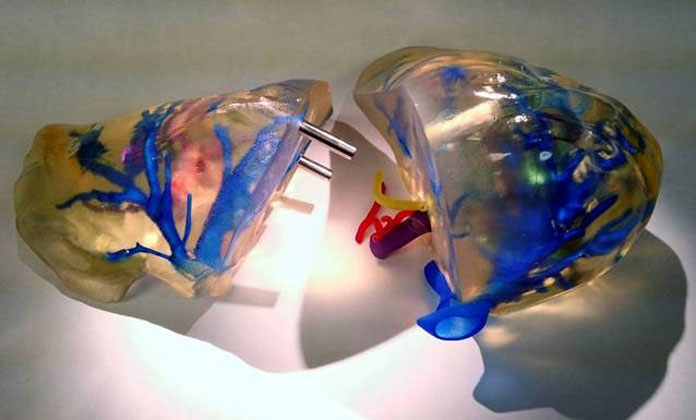
A new method of 3D printing an anatomically accurate replica of the human liver is now helping to guide surgeons during tricky procedures, researchers report.The 3D-printed models of the human liver are made of transparent material that is threaded with colored arteries and veins. These livers could help surgeons prevent complications when performing liver transplants, or removing cancerous tumors, researchers said.
Anatomically accurate
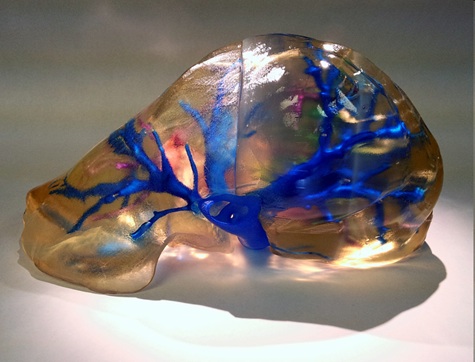
The 3D model organs are an improvement over 2D images, which don't provide true visual guidance during surgery, the researchers said. For example, there are three main veins in the liver, and doctors often go into surgery unsure exactly where these blood vessels are located. Inadvertently cutting them can have severe effects on patients' health.
Artificial liver
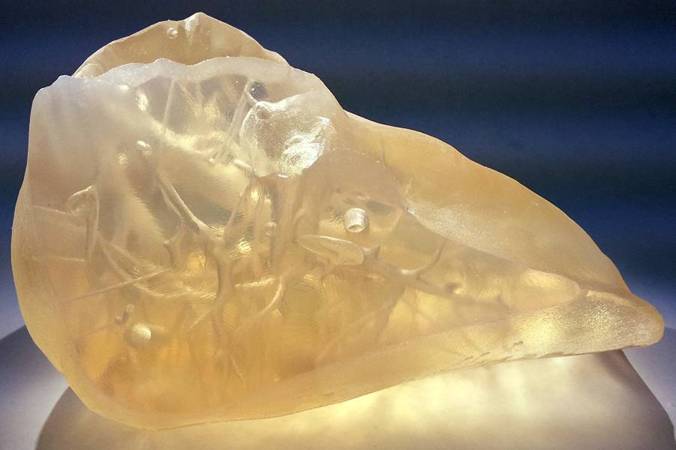
The team first prints the liver out of a clear polymer, then uses dyes to color blood vessels and bile ducts.
Other medical applications
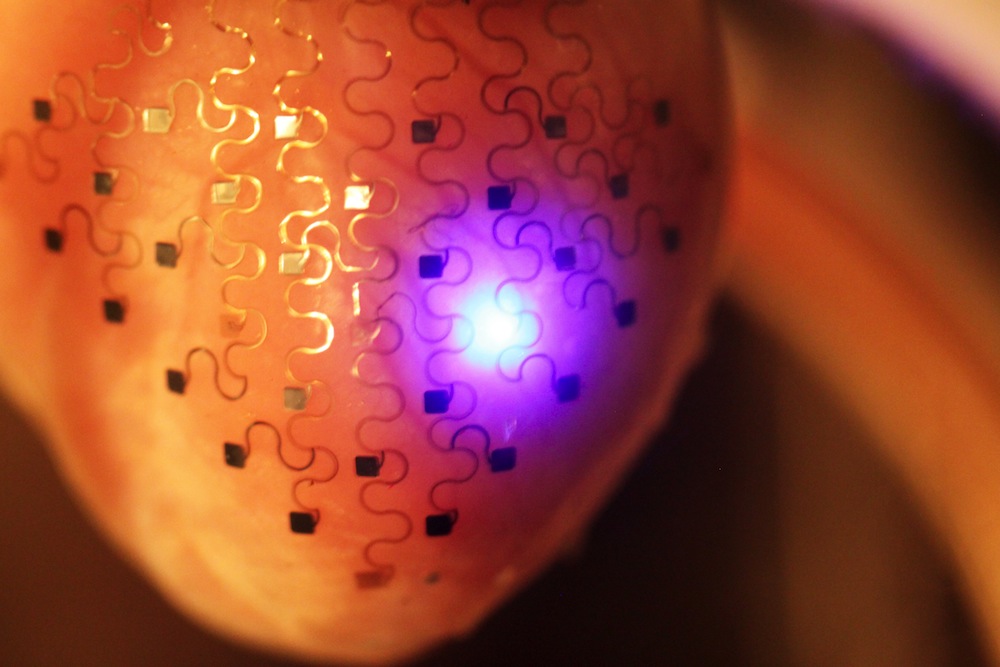
The use of 3d printing in medical applications has exploded in recent years. A 2014 Nature Communications article reported on a 3d printed 'jacket' for the outer layer of the heart, which came complete with embedded sensors to monitor heart health.
Printed stem cells
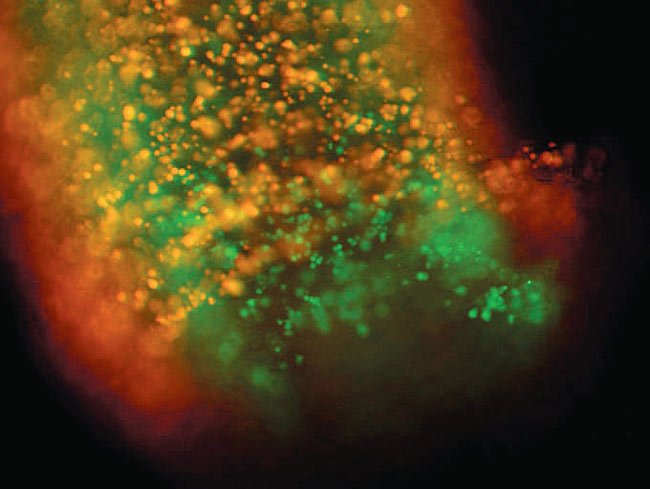
Researchers have also used a 3D printer to create human embryonic stem cells.
Printable skin
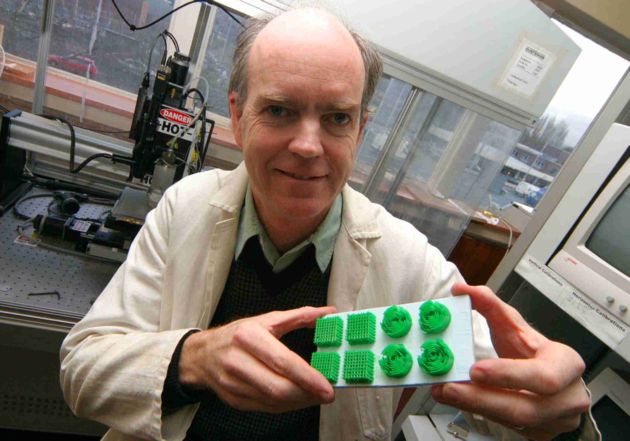
An article published September 2010 in the journal Tissue Engineering Part C: Methods reported on 3D printed skin.
3D Skull
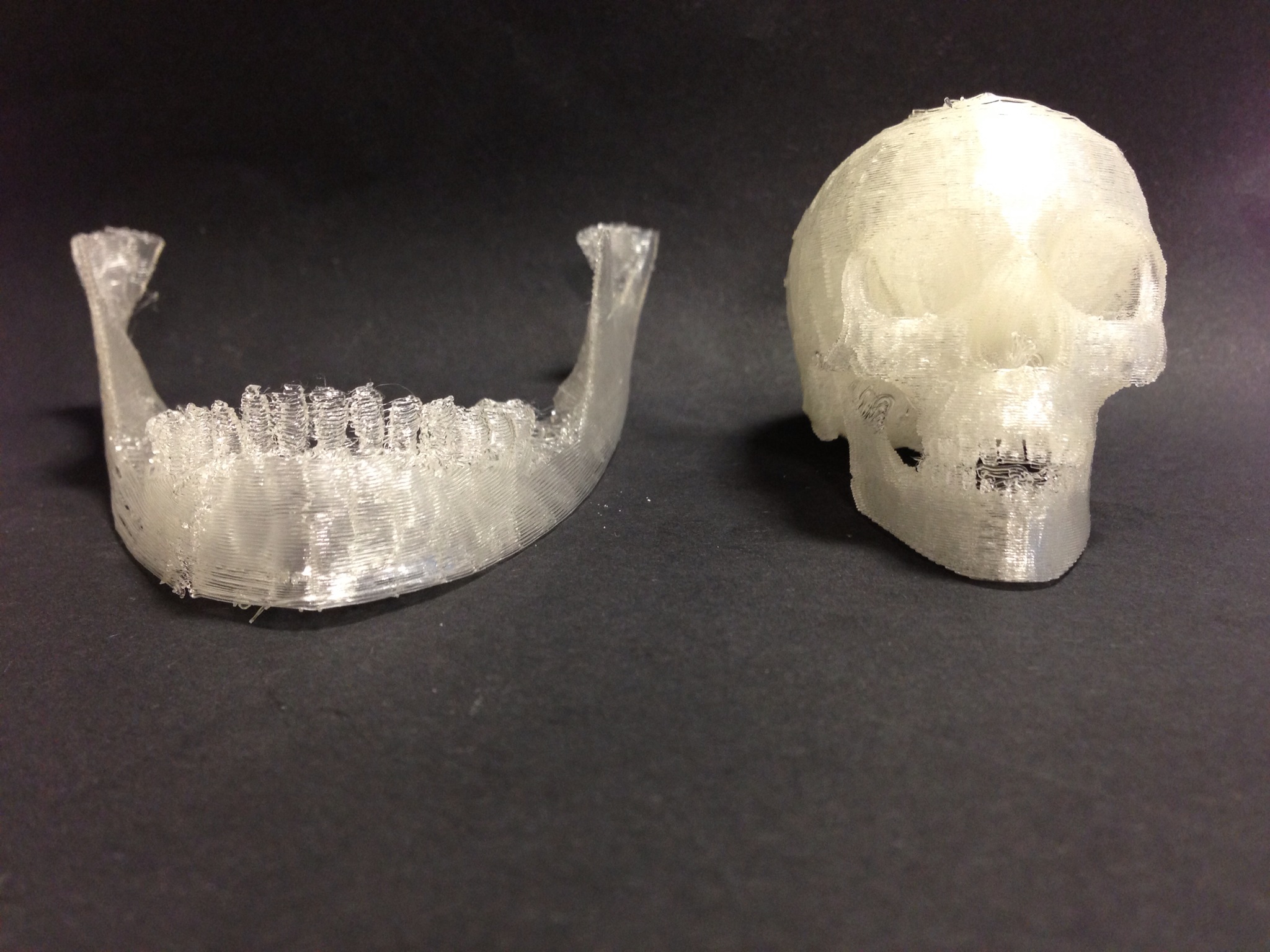
The technique has also been used to print bone cells into a scaffold shaped like a human skull.
Get the world’s most fascinating discoveries delivered straight to your inbox.

Tia is the editor-in-chief (premium) and was formerly managing editor and senior writer for Live Science. Her work has appeared in Scientific American, Wired.com, Science News and other outlets. She holds a master's degree in bioengineering from the University of Washington, a graduate certificate in science writing from UC Santa Cruz and a bachelor's degree in mechanical engineering from the University of Texas at Austin. Tia was part of a team at the Milwaukee Journal Sentinel that published the Empty Cradles series on preterm births, which won multiple awards, including the 2012 Casey Medal for Meritorious Journalism.


